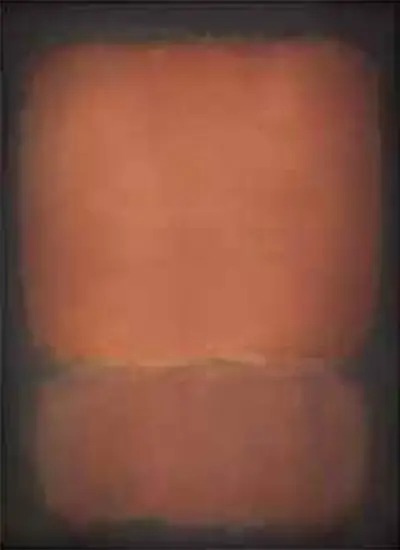No. 10
Mark Rothko's 1958 Painting, the No. 10 (Rothko) is a true definition of his achievements. The painting involves basic artistic materials you can find in the local craft store. Just with the oil, canvas and pigment-Rothko managed to create a stunning painting that can glow your living space. Rothko proved his alchemical prowess through excellent coloring. The No. 10 Rothko's color features a thin silver activity that most appears towards the center of the canvas. This is the most worked area featuring excellent selections of subtle with indistinguishable passages of different colors- red, yellow, pinks, and umber.
The surface of this canvas is nothing short of spectacular. The edge and the ground surface interact well. The hue and contrast are perfectly mixed and lovingly maintained with well-blended textures. Rothko aimed to create an outstanding canvas that can bring a complete experience to his customers. The richness in color and excellent tensions on the surface are combinations of varieties that made this canvas a real season winner.
About the artist
Mark Rothko is a Russian-American professional Artist with a passion for painting and other artistic work. Rothko is well-known for his 1958 No. 10, which included hazy shades and a wide variety of colors that many people liked. His profound emotion in painting involves richly colored canvas, which he referred to as sublimes. He does a perfect job in arranging shapes, ranging from squares to rectangles. His (1964-67) 14 wall-sized Chapel painting, which is laid in Texas, is a piece of evidence that represents Rothko's professionalism and desire for painting.
Rothko believes that the success of any painting work is to ensure clarity. The ability to ensure that there is clarity between the painter and the idea and the observer.
Rothko's achievement is through his oil painting techniques. Although many paintings use the same technique, Rothko's tonality of contrast and colors can leave a trace in everyone's imagination. He's creative in modifying properties to achieve the flow and the excellent colors that he needed. Apart from oil, he also uses traditional materials such as resins, glue, and eggs-which helps him with the fast-drying production of the canvas. He also applies the use of formaldehyde to prevent blending between layers.
Related works
Abstract painting no.9 (Ad Reinhardt, 1960-1966), Red field (Esteban Vicente, 1972), Untitled (Esteban Vicent, 1967) are some of his similar works.
Related artists
Some of his related artists include Ad Reinhart (American, 1913-1967), Barnet Newman (American, 1905-1970), and many other.
Location
Mark Rothko (1903-1970)
New York, Lot 35B

